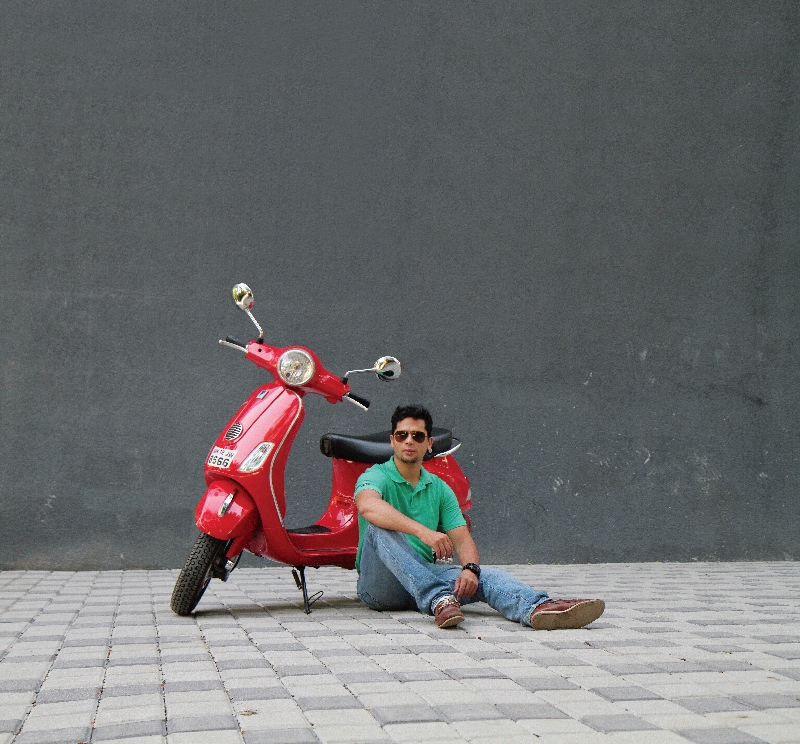From an Indian perspective, though, café racers (and, therefore, Rockers) are a brand-new phenomenon. Having missed the Rocker boat in the 1950s and ’60s, we have now awakened to the beat of engines firing from the belly of café racer machines that have been launched here. Royal Enfield were the first to introduce one with the launch of the Continental GT, with Triumph following close on their heels with the Thruxton. Although the Continental GT and the Thruxton are two very different machines separated by a huge gap in price and the kind of technology on offer, both none the less seek to offer authentic café racing experiences that will evoke the nostalgia of the Rockers and their café racers. With little knowledge about this form of motorcycling, they may have their task cut out. More so, because they will have to introduce as brand-new an old genre unlike everywhere else, where the question is one of revival. Will they be successful? Time will tell. As for us, we certainly keep our fingers crossed that they are.
The Mods

While the Rockers were at the zenith of popularity as a sub-culture between the late 1950s and the early 1960s, there was another very different two-wheeler culture that was rapidly taking shape. They were the Mods. Inspired by the emerging consumerism in an increasingly prosperous Britain and diametrically opposed to the Rockers in their outlook, the Mods culture was based on style and fashion. Like the Rockers, the Mods too listened to a lot of music on jukeboxes, but their chosen venue would inevitably be coffee bars and all-night clubs like The Roaring Twenties and La Discotheque instead of transport cafés. Their choice of music too was utterly different. In place of the Rockers’ rock ‘n’ roll the Mods preferred R&B, modern jazz, ska and soul music. They were the ones who made the Sixties so Swinging.


Leave a Reply